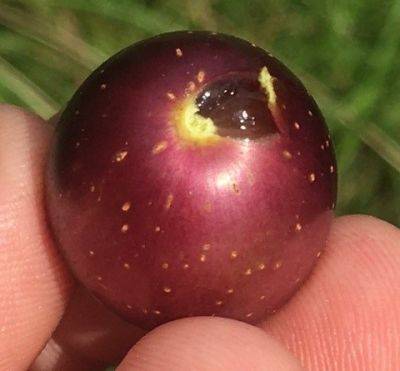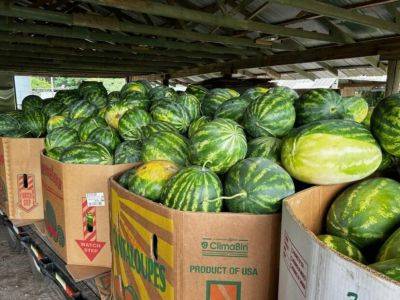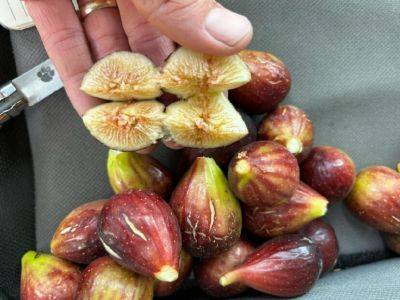Zack Snipes
SC Fruit and Vegetable Field Report– February 27, 2023
24.07.2023 - 11:51 / hgic.clemson.edu
Rob Last reports, “After a warm week in the Lowcountry, we received some welcome showers. The rainfall will aid in cultivating and bed formation for spring crops. Beds should be firm, level, and well-consolidated with a clearly defined shoulder. These factors will aid in fertigation operations and plastic laying. Remember that a well-constructed bed should display an indentation of 0.5 to 1″ when a 150 lb. person stands in the center of the bed. Last week’s warm weather has pushed crops, with strawberries, blueberries, and peaches coming into flower. Spider mites are being found, particularly in strawberries. Vigilant scouting and applications of mite-specific products will likely be necessary. Again with strawberries, we see fruit set and development. Disease pressure currently is low, but we will see gray mold developing.”
Zack Snipes reports, “It is amazing how a week of warm sunny weather can push crops. I feel like things have exploded in the past week. Strawberries are in full bloom, and some folks are gearing up to pick. One grower on the coast is already harvesting Camerosa berries. A shout out to all the growers who let us sample for Neopestalotiopsis and Gnomonia leaf blotch in their strawberries. The disease symptoms are not as prevalent as they were. The growers have done an excellent job of sanitation and using and rotating the correct fungicides. Other spring crops such as carrots, peas, greens, lettuces, and root crops are coming off right now and look absolutely amazing. I have not heard of any issues in the fields but don’t let your guard down. I have seen some beautiful legume (clover, vetch) cover crops really flush out this week.”
Sarah Scott reports, “It’s pretty in pink around the Ridge. Peach trees
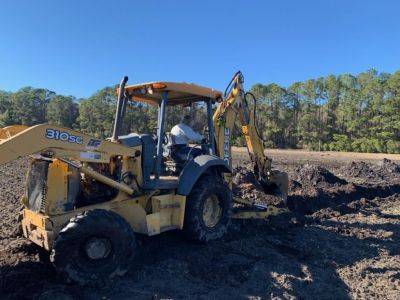
South Carolina Fruit and Vegetable Field Report February 1, 2021
Rob Last reports, “Strawberry crops are developing well; however, we are seeing gray mold phomopsis blight in some crops. Sanitation can really help prevent botrytis from spreading as we move forward when allied to fungicide applications. Keep scouting for spider mites as there are active populations in some crops. Now is a great time of year to think about the maintenance of equipment for bed formation, cultivation for spring crops, and most important product application.”
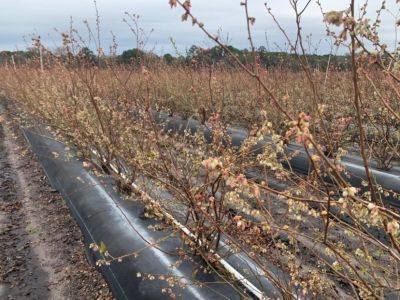
SC. Fruit and Vegetable Field Report February 22, 2021
Zack Snipes reports, “Another rainy, wet, and cold week last week. Some sunshine and warmer temperatures are coming this week. All of our fruit crops have received their chill hours and are just waiting to burst out for spring. I expect to really see fruit crops take off this week. Make sure that you have a fertility plan for the spring crop. Don’t let your crop be without fertility at the critical moments. For more information on fruit fertility, visit https://smallfruits.org/ipm-production-guides/. For smaller farms, Clemson’s Home Garden and Information Center is a wonderful resource as well.”
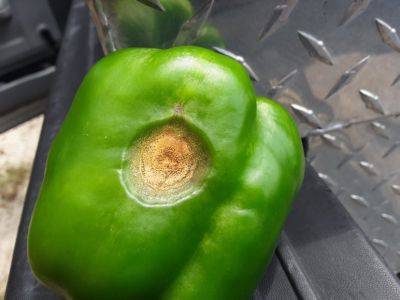
SC Fruit and Vegetable Field Report June 21, 2021
Rob Last reports, “Given the rainfall and humidity levels, we are seeing increases in foliar and fruit diseases on a range of crops. This includes cottony leak in cucumbers, anthracnose in peppers, tomatoes, and cucurbits. Also, please be aware cucurbit downy mildew is very active now. As a result, it is going to be really important to maintain fungicide programs in both a timely manner and to be robust. That being said, we have some great quality melons, both cantaloupe and watermelons, coming to harvest, as well as good volumes of quality peaches, blackberries, and a host of other vegetable crops.”
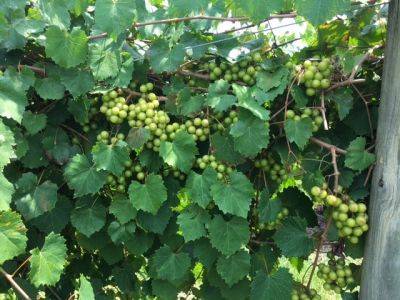
SC Fruit and Vegetable Field Report – July 26, 2021
Zack Snipes reports, “We are in a summer weather pattern with warm, muggy days and occasional thunderstorms. Most crops have finished up or are in the process. Now is a great time to sit down and do some crop planning and field rotation planning. I collected many soil and root tissue samples lately and had them analyzed for nematodes. I was surprised at how many nematodes were present in the fields. Nematodes can interfere with growth, cause stunting, and lower overall yields. Sometimes the symptoms of nematodes can be very discrete, so sampling right now is the best way to get a baseline of your populations and how to properly manage and rotate fields. If left unchecked, thousands of dollars are wasted before the first seed is planted into a field.”

SC Fruit and Vegetable Field Report – July 20, 2021
Justin Ballew reports, “Not much has changed in the midlands over the last week. We’ve received some scattered rain, and it has been warm and humid. As a result, we are still seeing disease issues. We’re still picking tomatoes, squash, zucchini, cucumbers, sweet corn, and a few greens. We’re at an in-between stage in several fields where the spring crops have finished, and folks are preparing to plant fall crops. Some have already started fall cucurbit plantings. For anyone planting strawberries this fall, if you are still deciding which varieties to try, see NCSU’s 2020/2021 variety comparison data (pages 9 and 10).
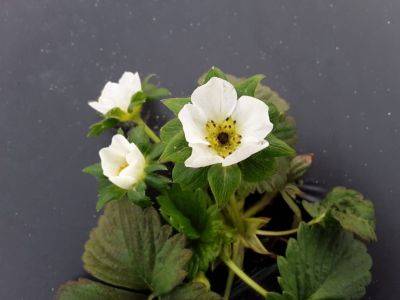
SC Fruit and Vegetable Field Report – December 13, 2021
Rob Last reports, “Pest and disease activity remains low in the area. However, disease pressure may increase following some welcome rainfall last week. Remember to keep scouting. I would also like to wish everyone a very Merry Christmas and a Happy New Year.”
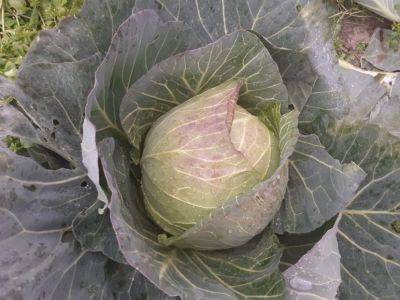
SC Fruit and Vegetable Field Report – 1/24/22
Zack Snipes reports, “One of our weather stations in Mt. Pleasant got down to 19F on Saturday night. Last Thursday our high was 73F, and 55 hours later, it was 23F. That swing in temperatures can hurt plants as they aren’t as acclimated to the cold when it hits. Our strawberries should be fine as our temperatures did not get into the low teens or single digits along the coast. Time will tell how our brassicas fared in the cold temperatures.”
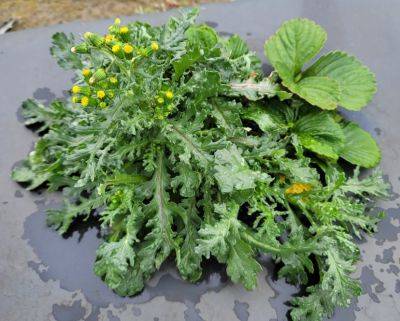
SC Fruit and Vegetable Field Report – February 7, 2022
Zack Snipes reports, “Now is the time for Lowcountry strawberry growers to give their plants the first shot of boron. Boron helps with both flower and fruit development. Growers can spray boron or inject it via the drip system. Boron deficiency will show up in your fruit if you skip out on the application. Now is the time to get it out because plants will be pushing blooms soon, and they need the boron available to make nice, pretty flowers and fruit. A boron application takes only a few minutes and literally a few dollars but can keep you from throwing away thousands of misshapen or “bullnose” berries. NOTE: Boron is a great herbicide if overapplied, so make sure you put out the right amount by using the information from the picture below. We only need to put out a tiny amount, but that tiny amount makes a big difference.”
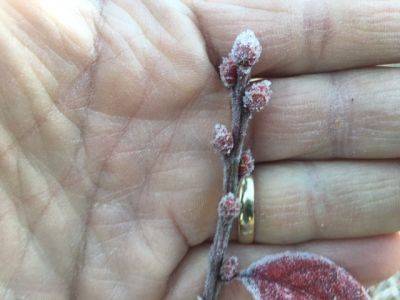
SC Fruit and Vegetable Field Report February 14, 2022
Rob Last reports, “Strawberries in the area look good, with some new leaf development emerging from the crown. Boron applications are being applied, either as a foliar application or through the drip system. Remember, we are looking to apply 1/8 lb. of boron per acre. Over application of boron can be phytotoxic and detrimental to the plants. Plans are also being made to begin fertigation applications later this month to aim for the first pick in early April. The initial target is to apply 5.25 lbs. N per acre. After the first application, a tissue test should be taken to refine fertility recommendations further. Please also remember we have the drip fertigation calculator to make the calculations more straightforward. Brassica transplants are going in the ground this week and are looking good. The pruning of peaches and perennial fruit is pretty much complete, and we await the arrival of spring.”
